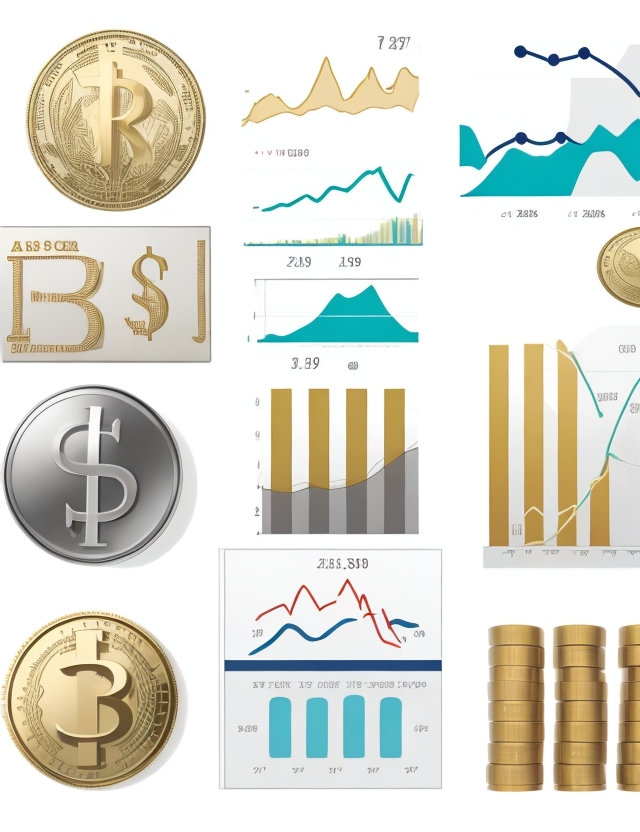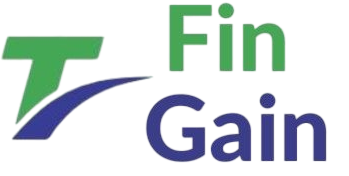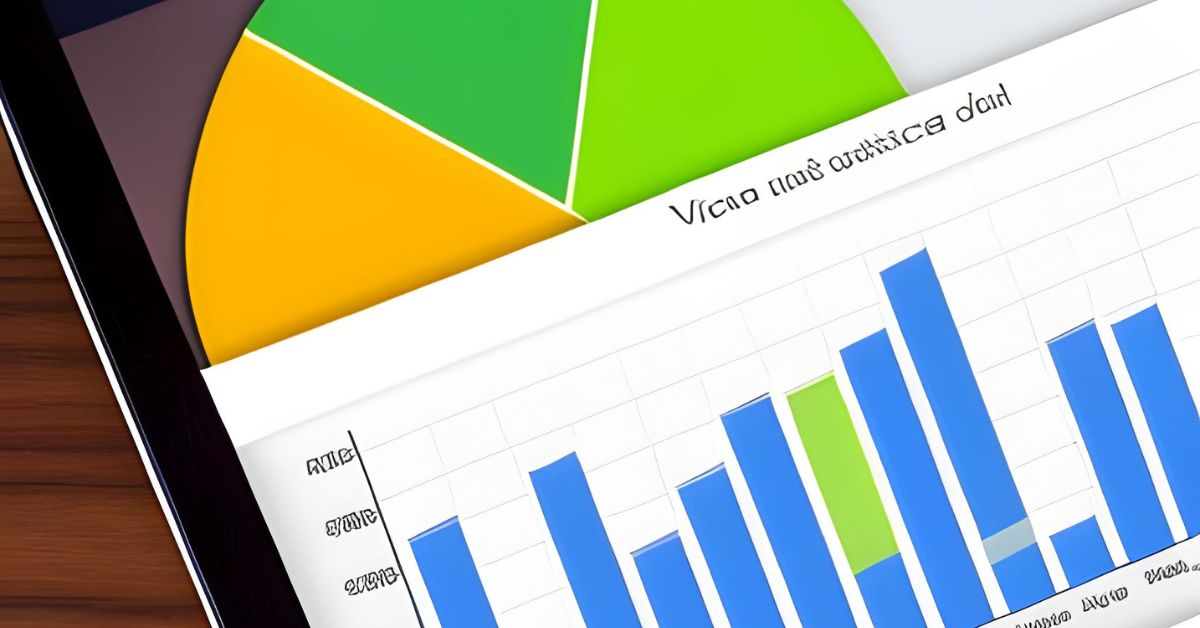July 2023 Federal Reserve rate hike: Introduction
In July 2023, the Federal Reserve implemented a significant rate hike, signalling a shift in its monetary policy to address the prevailing economic conditions. As an SEO expert, this article examines the potential repercussions of this action on various sectors of the economy, shedding light on the implications for businesses, consumers, and financial markets.

The Federal Reserve’s Rate Hike and its Purpose:
The Federal Reserve, as the central banking system of the United States, is responsible for managing the country’s monetary policy. One of its essential tools is adjusting the federal funds rate, which influences borrowing costs and, subsequently, economic activities.
In July 2023, the Federal Reserve raised its benchmark interest rate by 0.75 percentage point, bringing it to a total of 3.25%. This move came in response to rising inflation rates and a robust economic recovery, and the primary objective was to curb inflationary pressures and maintain economic stability.
Impact on Borrowing Costs:
The rate hike by the Federal Reserve has direct implications on borrowing costs for consumers and businesses. With an increase in the federal funds rate, banks adjust their prime lending rates, making loans more expensive for borrowers. As a result, mortgage rates, auto loans, credit card interest rates, and other forms of borrowing will likely rise, impacting the affordability of credit for households and businesses.
Effect on Consumer Spending:
Higher borrowing costs can potentially lead to reduced consumer spending. As credit becomes more expensive, consumers may cut back on big-ticket purchases, affecting industries like real estate, automobile, and consumer electronics. Additionally, increased interest payments on existing debts may constrain disposable income, further influencing consumer spending patterns.
Impact on Business Investments:
Businesses also face the brunt of higher borrowing costs. The rate hike may lead to decreased business investments, expansion projects, and capital expenditures. High-interest rates can deter companies from taking on additional debt, potentially slowing down business growth and economic activity.
Effect on Financial Markets:
The Federal Reserve’s actions always have a notable impact on financial markets. Investors closely monitor interest rate changes, and the rate hike in July 2023 is no exception. Stock markets may experience increased volatility as investors reassess their investment strategies in response to changing interest rates. Additionally, bonds and other fixed-income investments may fluctuate in value due to shifting yield expectations.
Impact on Currency and International Trade:
Higher interest rates in the United States can attract foreign investors seeking better returns on their investments. As a result, the U.S. dollar may strengthen relative to other currencies. A stronger dollar can make U.S. exports more expensive for foreign buyers, potentially impacting the country’s export-driven industries. Conversely, a stronger dollar may make imports cheaper, influencing domestic industries competing with imported goods.
Conclusion:
The July 2023 rate hike by the Federal Reserve is a significant move to tackle inflationary pressures and maintain economic stability. However, it also carries implications for various aspects of the economy, including borrowing costs, consumer spending, business investments, financial markets, and international trade. As the economic landscape responds to this policy adjustment, policymakers, businesses, and consumers must carefully navigate the evolving economic conditions to make informed decisions.
FAQs
1. What is the Federal Reserve’s role in the economy?
The Federal Reserve is responsible for managing the country’s monetary policy, including adjusting interest rates to influence economic activities.
2. Why did the Federal Reserve raise interest rates in July 2023?
The rate hike was implemented to address rising inflation rates and maintain economic stability.
3. How does the rate hike impact borrowing costs?
The rate hike leads to higher borrowing costs for consumers and businesses, making loans and credit more expensive.
4. What sectors of the economy are most affected by the rate hike?
The rate hike can significantly impact industries like real estate, automobiles, and consumer electronics.
5. How does the rate hike affect international trade?
A stronger dollar resulting from the rate hike can impact both U.S. exports and imports, affecting trade dynamics.



[…] has been a hot topic in recent years, with prices rising across various sectors. The Federal Reserve has been closely monitoring inflation and adjusting monetary policies to keep it in […]